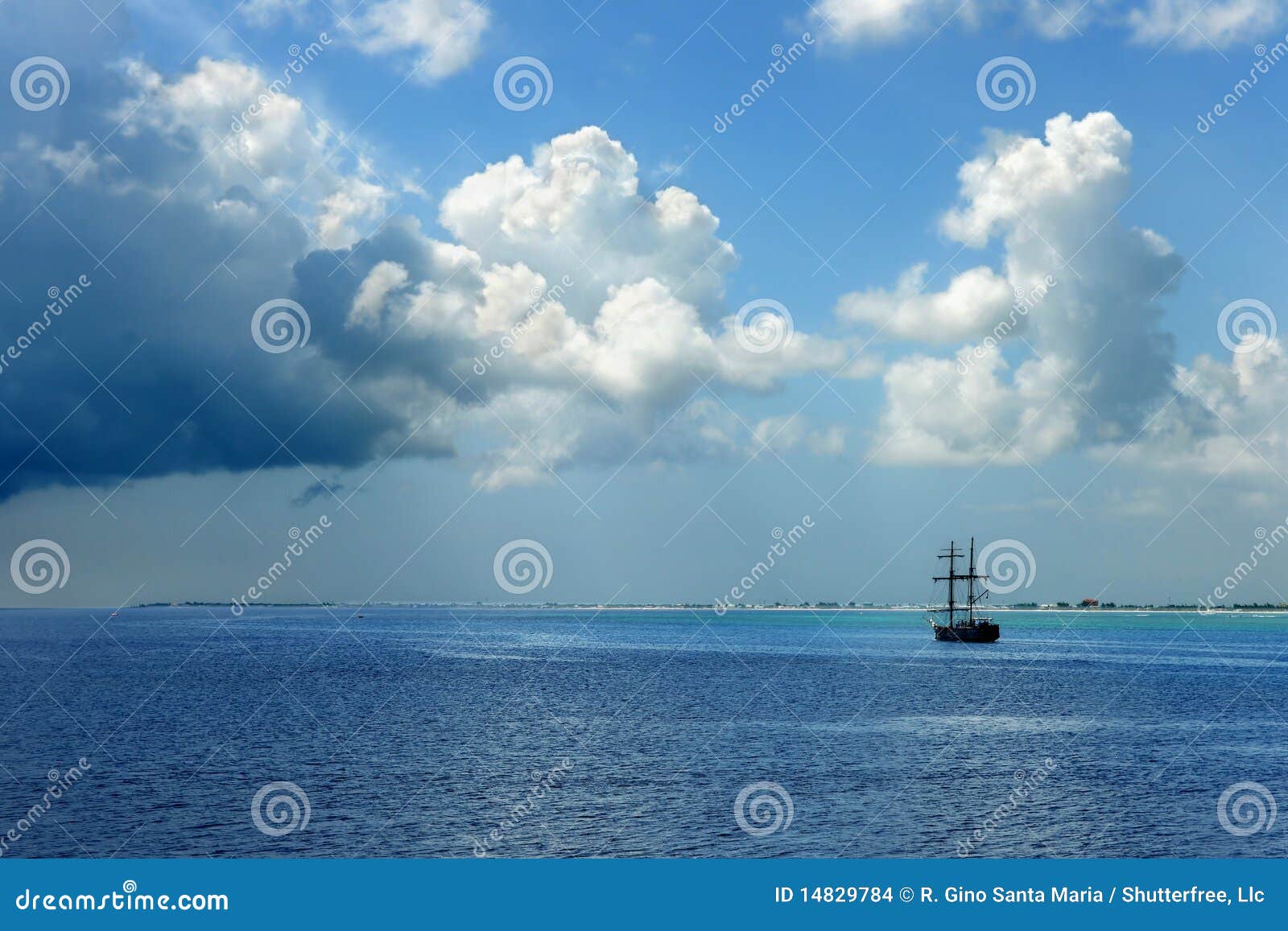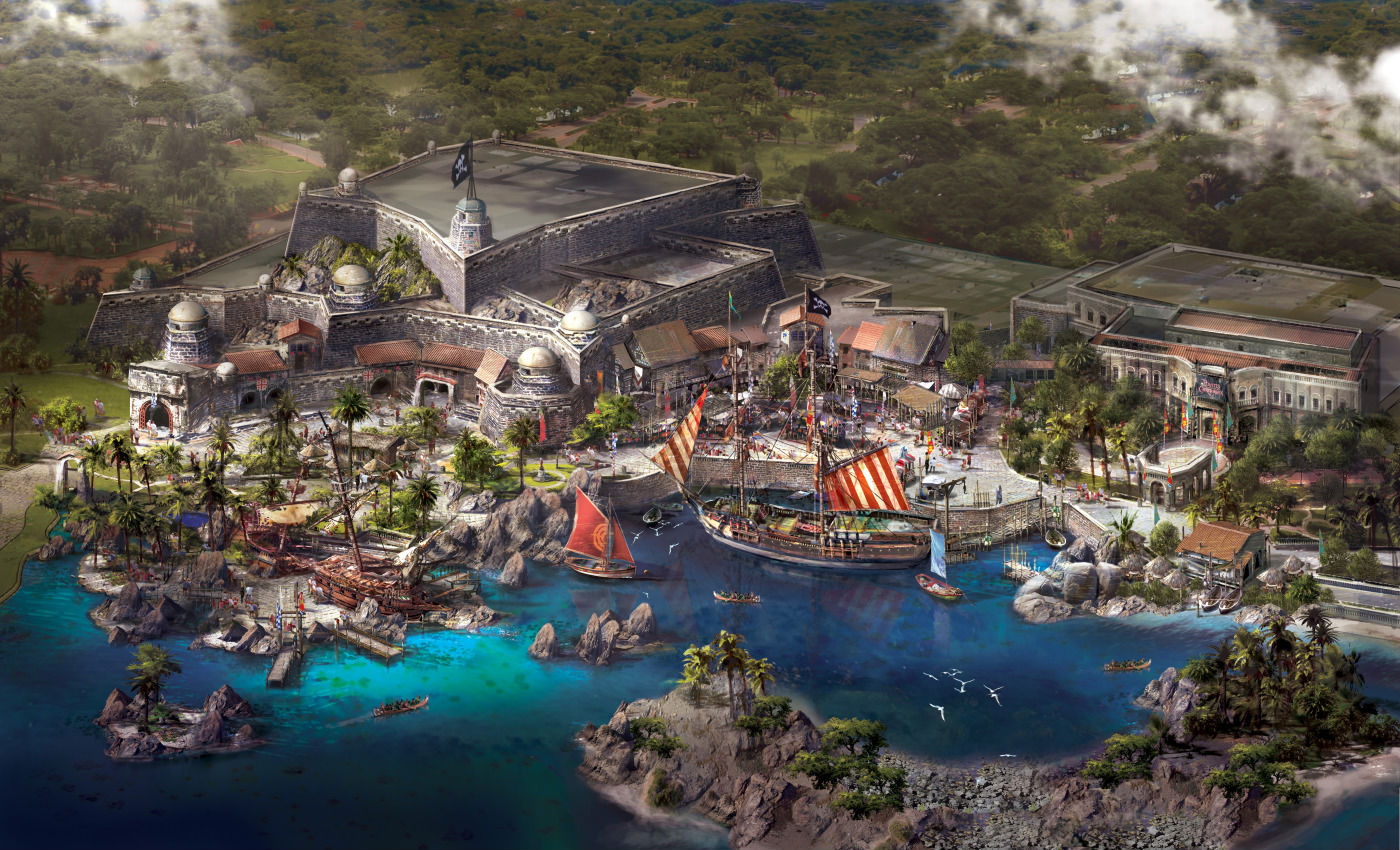

1718) pardons, even allowing the former to establish a pirate base at Ocracoke Island.

Perhaps the most infamous of the rotten governors was Charles Eden, governor of North Carolina, who gave such notorious and unrepentant pirates as Edward Teach (aka Blackbeard, d. Pirates struck deals with corrupt colonial officials if they could, getting a better price for their plunder than they would have in a haven. The dealers then smuggled their dubious goods into legitimate ports where it was sold through the channels it would have reached if the pirates had not interrupted the trade process.

The dealers were on to a good thing since they acquired goods at a much cheaper rate than from legitimate merchant vessels in any other port, and the pirates were happy enough to get their cash, even if they were obliged to sell at a price much below the real value. Pirates sold captured cargoes to unscrupulous dealers who had set up business in the various pirate havens in the Caribbean and the Indian Ocean. Here they quickly spent their ill-gotten loot on wine, women, and gambling. The havens were a safe place for pirates to rest their weary sea legs and let their hair down. They were able to defend themselves, but were slow and couldn’t manoeuvre easily which meant that this Spanish designed ship was a perfect target for pirates.Pirates struck deals with corrupt colonial officials if they could, getting a better price for their plunder than in a haven. Galleons were large cumbersome ships with space for plenty of loot, 200 men, and over 70 canons. Pirates were more likely to simply take valuables and leave a Fleut behind rather than adapting it as a pirate ship. These flat-bottomed, wide, strong boats were not very fast and could weigh over 300 tons, but they benefited from plenty of space for guns, canons, and cargo. If they were taken on by pirates at all they would have been part of a fleet, used for carrying the loot and more likely than not protected by smaller, quicker ships. They were easily identifiable by their three masts and square sails, but were slow and lacked in agility which made them perfect targets for the smaller, quicker ships that pirates favoured. Square-rigged ships were generally merchant vessels as they were large, could hold many men and goods, and were perfect for long voyages. They were popular in the Mediterranean thanks to the manoeuvrability they afforded. Brigantinesįor particularly aggressive pirate ships, brigantines were favoured for long battles as they could hold over 100 men, generally had oars to be used during low winds, and benefited from a shallow-draft. The downside to this was that it wasn’t able to hold quite so many men, or so much loot, which was a big concern for ambitious pirate ships. The upside to this was that it could evade larger ships and armies in shallow, narrow estuaries quite easily. SchoonersĪnother choice pirate ship in the Caribbean and Atlantic was the two-masted Schooner this ship was quick and manoeuvrable like the sloop, but was smaller and narrower with an even shallower draft though it retained the capacity for a large number of guns and canons. The best tactics for this kind of ship was to attack and retreat again quickly making good use of that top speed of 10 knots. The biggest advantage gained by using a sloop was the speed at which they could move, and the shallow draft that allowed them to escape through shallower waters. The large bowsprit of these ships meant that there was a potential for increased canvas, and therefore better manoeuvrability. They were commonly built in the Caribbean and were fairly easy to adapt to the needs of piracy. Sloops were at their most popular during the 16th and 17th centuries, more commonly known as the Golden Age of piracy, where they were used for traversing the Atlantic and Caribbean waters. Take a look at the different varieties of potential pirate ships below: Sloops This is why having a master carpenter as part of a pirate crew was such an important thing the work they did ranged from repairs, to practical modifications to provide more sleeping quarters, or even upgrades to the ship’s weaponry. For all the differences in size, style, and use of certain pirate ships, you can be sure that they generally had one thing in common pirate ships were not bought or sold as pirate ships, but stolen and reconditioned.


 0 kommentar(er)
0 kommentar(er)
